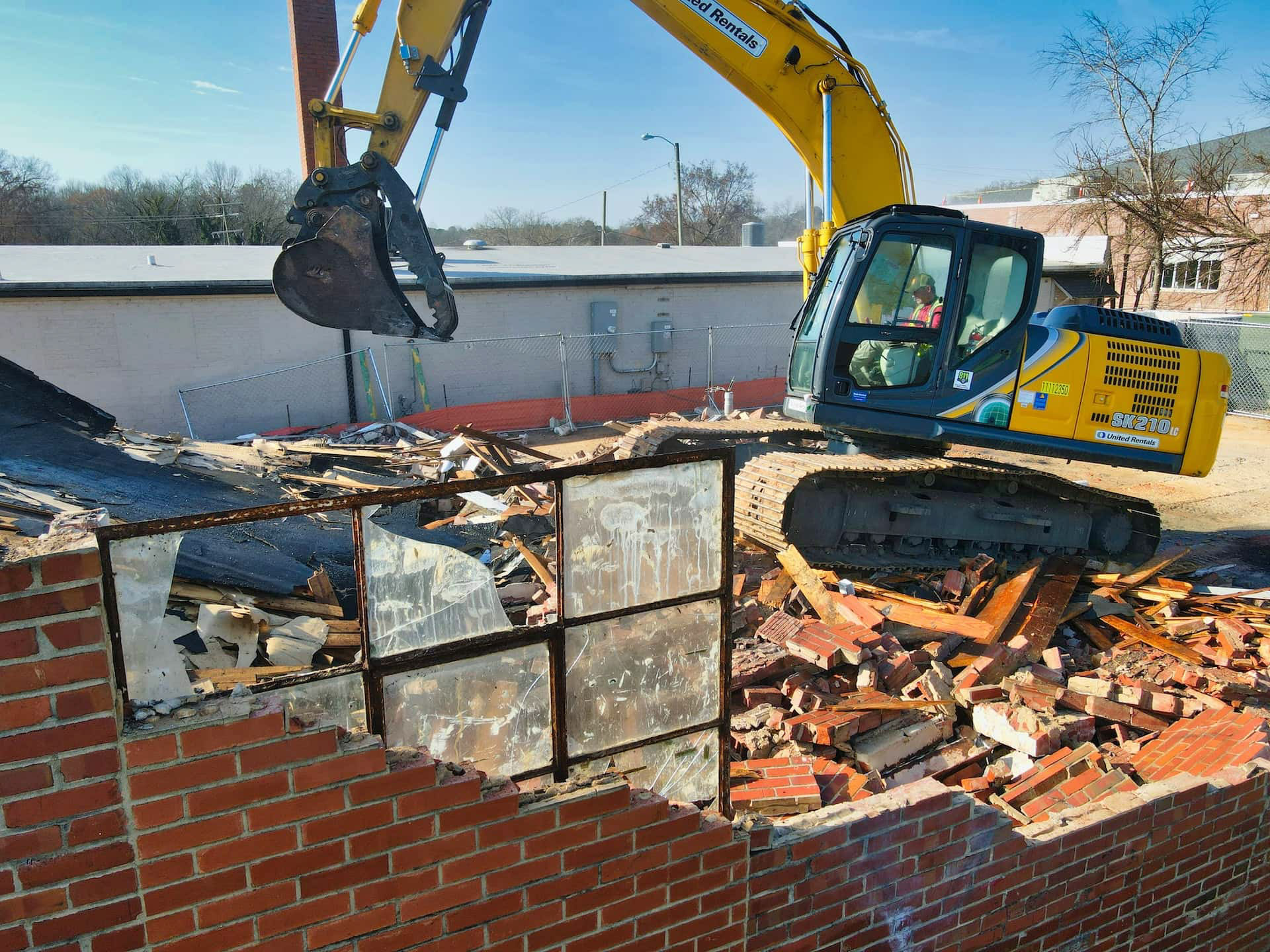
Top Safety Precautions Every Demolition Project Should Follow Aug 08, 2025
Demolition projects are a critical part of construction work. They require a meticulous approach to ensure safety and efficiency. For the patrons of Clear Ground LLC, understanding the top safety precautions in demolition is crucial. Whether it's a small residential project or a large commercial dismantling, prioritizing safety not only protects workers but also the surrounding environment. Here is a guide on the fundamental safety measures every demolition project should incorporate.
Begin with a comprehensive risk assessment. Before any demolition project gets underway, a detailed site inspection should be conducted. This assessment helps identify potentially hazardous materials and structural instabilities that could pose threats during demolition. By understanding the lay of the land, contractors can tailor their safety procedures to address any specific challenges or dangers present on a site.
Next, it is vital to use the right equipment and ensure it is well-maintained. Using specialized demolition equipment such as wrecking balls, excavators, or high-reach arm machines that are regularly serviced and in good working order reduces the risk of malfunctions. Providing operators with proper training on this machinery is equally important, as it ensures that they are proficient in the safe execution of their tasks.
Thirdly, securing the perimeter of the demolition site is imperative. Erect barriers and signage to keep unauthorized personnel out and protect passers-by from falling debris. This step includes accounting for dust control measures to minimize environmental pollution. Proper water sprays and barriers can control dust dispersal, protecting both the environment and public health.
Worker safety is paramount and thus necessitates the use of personal protective equipment (PPE). Helmets, gloves, steel-toed boots, and respiratory protective devices should be standard issue for all workers on site. Furthermore, strict enforcement of PPE usage can prevent injuries from hazards like falling objects or airborne particulates common in demolition sites.
Another essential component is clear communication. Reliable communication systems enable team members to quickly relay information regarding any emerging risks. Regular safety briefings and updates ensure that everyone is informed of their roles and any changes in procedures. This fosters a safety-first culture that encourages workers to speak up about potential safety hazards.
Addressing hazardous materials such as asbestos, lead, and other toxic substances should also be a priority. Before demolition begins, identify and safely remove such materials. Employing specialists to handle these tasks ensures they are disposed of in compliance with environmental regulations and prevents harmful exposure.
Environmental considerations also play a crucial role. Demolition debris needs proper management to reduce environmental footprints. Recycling and reusing materials not only supports sustainability but also aligns with local waste management guidelines, often reducing disposal costs.
Finally, having a well-prepared emergency plan in place is vital. Despite best efforts, accidents can happen. An emergency response plan that includes evacuation routes, first aid stations, and an on-site health and safety officer can mitigate accidents’ impacts. Conducting regular emergency drills keeps everyone prepared for unexpected incidents.
In conclusion, the success of a demolition project inevitably hinges on careful planning and stringent adherence to safety protocols. For Clear Ground LLC and its customers, implementing these top safety precautions ensures operations are conducted smoothly and safely, maintaining the company’s reputation for reliability and responsibility. Prioritizing safety not only protects all involved but paves the way for successful project completion.
/filters:no_upscale()/media/f537d494-a70b-4c22-82b4-c8f52df372ed.jpeg)
/filters:no_upscale()/filters:format(webp)/media/8d2f7fe6-9427-4cd1-972b-3cefd9ddf296.jpeg)